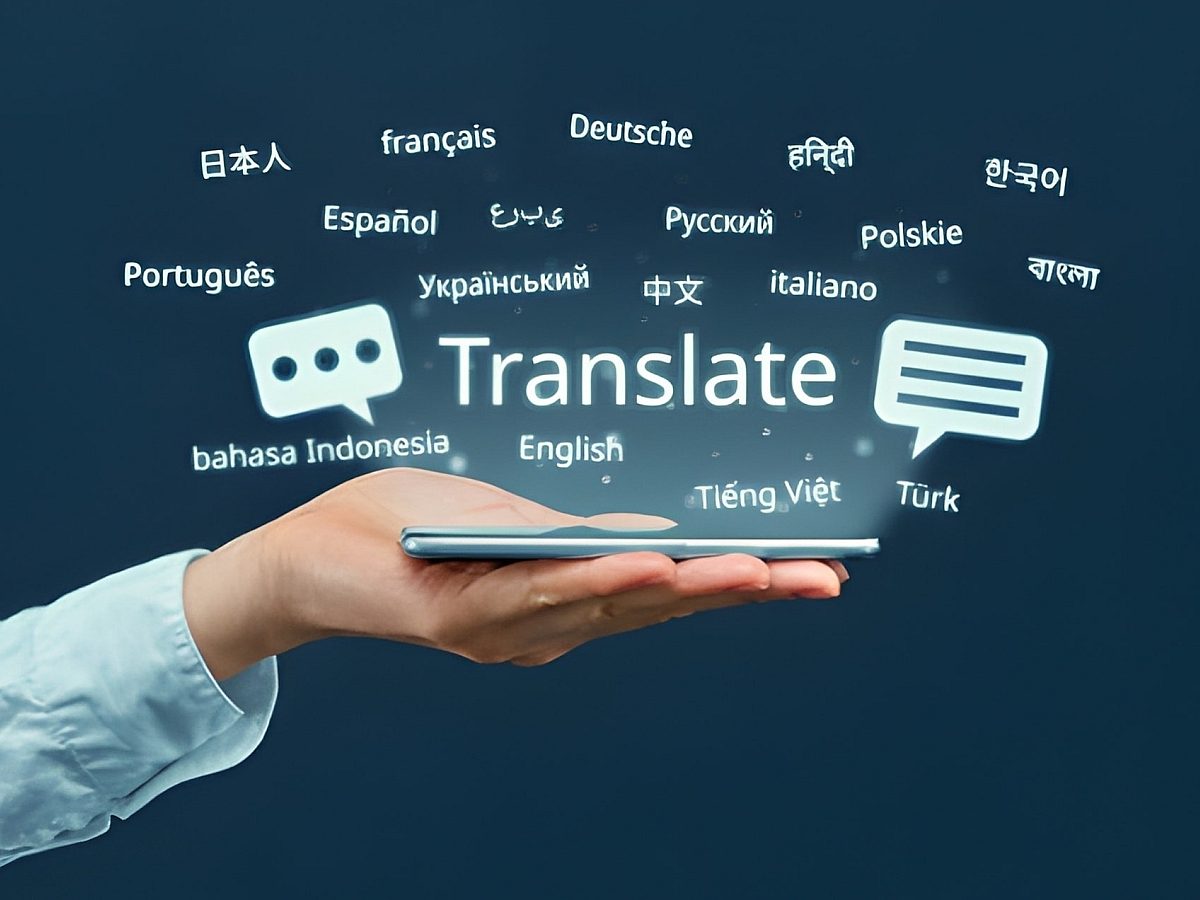Data forms the foundation of training effective AI models. But data is only useful if it’s categorized and labeled correctly. This process of labeling data is called data annotation.
When data is annotated in a way machine learning systems can recognize, AI tools can do their jobs much better.
The quality and scale of data annotation can make or break your project. High-quality data annotation is necessary for AI tools to predict accurate outcomes. Poor data labeling can cause bias, inaccuracies and major losses of time and money.
At Wolfestone Group, our AI experts are setting a new standard for data annotation by accurately labeling, tagging and transcribing data in over 220+ languages. Our expert-in-the-loop processes were designed to support the most ambitious AI projects at scale.
Below, we’ll take a deeper dive into data annotation and explain some of the factors you should consider in a data annotation service.
What is Data Annotation?
Data annotation, also known as data labeling, is the process of tagging or labeling raw data to make it understandable for machine learning algorithms. It is an important part of teaching AI systems how to interpret the data they receive. Data annotation can be applied to various types of data, including text, images, videos and audio.
Data annotation is a bit like preparing a curriculum for a machine learning system. When teaching something new to a human, giving them raw data isn’t useful. Instead, we categorize data into subjects (history, chemistry, etc.) and provide context to illustrate clear outcomes. This is what data annotation does for AI. It makes sense of raw data so the AI can learn.

What’s the Difference Between Data Annotation and Data Collection?
Data collection and data annotation are both foundational steps in training AI models, but they serve different purposes. Data collection is the initial phase where raw data is gathered. This could involve collecting customer reviews, capturing images for facial recognition systems, or recording audio for speech recognition technology. Essentially, it's about scooping up massive amounts of unprocessed data that AI tools will later learn from.
Data annotation follows data collection. It involves adding informative labels or tags to the collected data, transforming it into a format that machine learning algorithms can understand and learn from.
So, data collection provides the raw material, and data annotation adds the necessary context that allows AI to interpret and use this data effectively.
How Data Annotation is Used to Train AI Tools
Data annotation serves as the bridge between the raw data collected and the machine's ability to process and learn from that data. This process involves labeling or tagging data in a way that machine learning algorithms can understand.
For example, in image recognition tasks, each image might be tagged with labels that describe its contents, such as "cat," "tree," or "car." After showing the AI enough of these annotated images, it will learn to recognize cats, trees and cars on new, non-labeled images.
For language-based AI applications, text data might be labeled with sentiment ratings to help the AI learn tone and emotion. This detailed labeling helps the AI understand language nuances, which is essential for tasks like chatbot training.
AI models use annotations to learn from patterns and context. If the data annotation is accurate and comprehensive, it will greatly improve the AI’s ability to make accurate predictions and decisions.
Data annotation is a lengthy and tedious process, which is why, ironically, it’s often assigned to AI data annotation tools. But, this can be risky because AI is not as reliable as humans. Also, AI cannot perform novel data annotation—it can only annotate according to its training…which it learned from data annotation.
Many cheap data annotation services offer quick AI annotation. However, the involvement of humans in the data annotation process is necessary for maintaining accuracy and quality. Human insight is particularly important in tasks that require a deep understanding of content, such as distinguishing between emotions in text or identifying objects in complex visual scenes.
Currently, the most effective data annotation processes combine AI with humans in the loop.
Factors to Consider When Choosing a Data Annotation Service
Data annotation for AI is a relatively new service, and it can be difficult to understand which services offer high-quality data annotation vs. non-human annotation with outdated tools. The AI services industry is evolving rapidly, so last year’s most modern data annotation service may be out of date today.
This is why it’s so important to work with an AI data annotation service that guarantees a human in the loop. A human data annotator monitors and guides AI tools during the labeling and quality control processes. Human involvement guarantees a much higher degree of accuracy and ingenuity throughout the process.
Here are a few more key factors to look for when choosing a data annotation service.
- Quality Control: The quality of data and labeling must be assessed by a human throughout the process of training effective AI models. Ensure that the service you choose has robust, human quality control processes in place to maintain accuracy and consistency across data.
- Multilingual Annotation: Annotating data from a single language or culture opens the door to AI bias and inaccuracy. If you’re training an AI tool for global use or to predict outcomes that are not highly localized, you must have support for data annotation in multiple languages. This ensures the AI system’s interpretation of the world reflects reality and not a narrow, monocultural snapshot.
- Scalability: We are at the beginning of the AI race, so any annotation service should be able to scale with your project. Whether your data needs increase due to project scope expansion or you require more diverse data types annotated, the service should be able to accommodate these changes.
- Data Security: Given the sensitive nature of some data, it’s critical to choose a service that is certified to protect your sensitive data from unauthorized access or breaches. Loose data expose your company to serious legal risks.
- File Formats: You’ll probably need data annotated across a variety of data types and file formats. The service you choose should be able to accommodate any file format whether it involves text, images, audio, or video.
Wolfestone Group Sets the Standard for Scalable Data Annotation
Wolfestone Group’s data annotation service is dedicated to providing the most up-to-date solutions for training powerful and precise AI models. Our expert-in-the-loop approach leverages the speed and cost-effectiveness of AI with human quality controls at every step.
- Enhanced Security: At Wolfestone Group, we prioritize data security and confidentiality. Our cloud-based and physical security is ISO 27001-certified, reflecting our commitment to safeguarding your information with the toughest security measures.
- Scalable Solutions: We understand that AI projects can grow and evolve, which is why our services are designed to scale with you. A dedicated project manager works closely with you to ensure that as your project expands, our data annotation capabilities adjust accordingly.
- Unmatched Accuracy: Our expert-in-the-loop system guarantees that data annotation is accurate, nuanced and proactive. Human oversight is vital for training AI tools that are designed to enhance your company's competitiveness in the market.
- Multilingual Expertise: Wolfestone Group is able to annotate data in 220+ languages, including US and UK English, French, German and Spanish. This enables you to train AI models on diverse datasets, improving their applicability and effectiveness in global contexts.
Wolfestone Group’s AI data solutions train AI models to reflect the intricacies of real-world scenarios. This reduces errors and improves AI performance in an exponentially greater number of practical applications. By choosing Wolfestone Group’s data annotation services, you equip your AI with the datasets necessary for peak performance.
Contact Wolfestone Group now to find out how our data annotation experts can help your company thrive in the age of AI.




